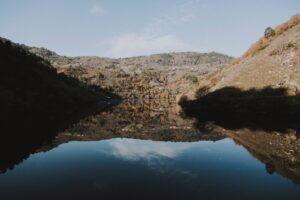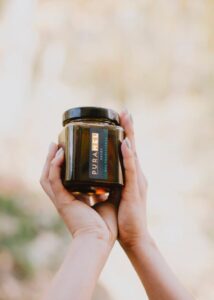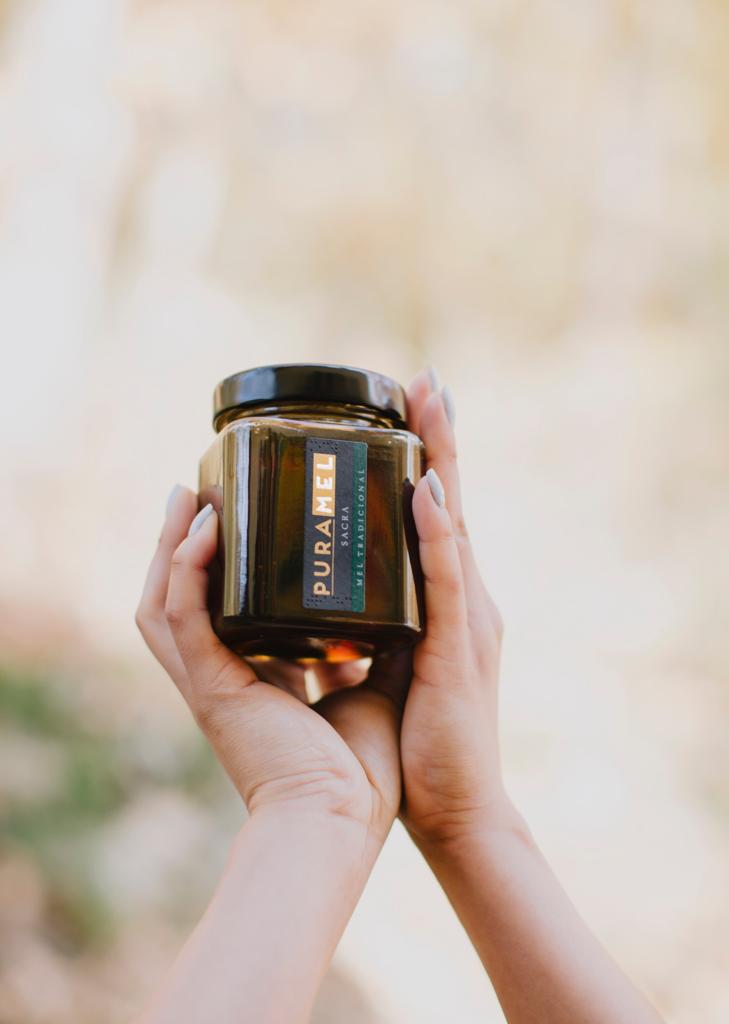
 In the south of the province of Lugo, bathed in the waters of the Miño River, lies the Ribeira Sacra, a little piece of heaven, with impressive beauty spots such as the Sil Canyon, and landscapes that are home to one of the largest concentrations of medieval churches and monasteries that built up the culture of wine-making for which the area is so famous today, with its vertiginous sloping vineyards bursting with grapes that make up this impressive and unique landscape.
In the south of the province of Lugo, bathed in the waters of the Miño River, lies the Ribeira Sacra, a little piece of heaven, with impressive beauty spots such as the Sil Canyon, and landscapes that are home to one of the largest concentrations of medieval churches and monasteries that built up the culture of wine-making for which the area is so famous today, with its vertiginous sloping vineyards bursting with grapes that make up this impressive and unique landscape.
The local surroundings have been market by a number of eras, from prehistoric times and the first inhabitants who left us the As Cabanas burial sites, or the Castro Candaz castle, through the significant time of Roman occupation, which marked the appearance and cultural traditions of the area, leaving a major legacy including the production of oil, ceramics or brilliant pieces of engineering such as the Montefurado tunnel. But the name of the area comes from the Galician monasteries built on the banks of the main rivers, which became the cradles of ancient cultures and today are true treasures built in stone, which show us - and anyone who passes through - our past, together with the major artistic pieces that they house.
 It is in this privileged land, given Biosphere Reserve status by UNESCO, and in an exclusive area, that we keep our Puramel beehives. Surrounded by woods and autochthonous meadows, far from all external contamination and in the finest positions possible, we protect our bees so that they can complete their natural life cycles in the purest fashions.
It is in this privileged land, given Biosphere Reserve status by UNESCO, and in an exclusive area, that we keep our Puramel beehives. Surrounded by woods and autochthonous meadows, far from all external contamination and in the finest positions possible, we protect our bees so that they can complete their natural life cycles in the purest fashions.
The wide biodiversity, under the influence of the Continental Atlantic climate, but with predominantly Mediterranean micro-climates along the river banks, mean that we can find unique flora such as the large autochthonous forests of oaks and chestnut trees thousands of years old, as well as gorse, briar and thicket, mixed with varieties more commonly found on the Mediterranean, such as cork oak trees, strawberry trees, Spanish oak, orange trees and olive trees, lavender and endless other aromatic and medicinal plants, as well as wild fruits such as blueberries, blackberries and rosehip.
All this floral variety provides the necessary protein for our hives, giving our honey its unique characteristics and properties and making it the precious food product that we want share with you.

It is in this privileged land, given Biosphere Reserve status by UNESCO, and in an exclusive area, that we keep our Puramel beehives. Surrounded by woods and autochthonous meadows, far from all external contamination and in the finest positions possible, we protect our bees so that they can complete their natural life cycles in the purest fashions.
The wide biodiversity, under the influence of the Continental Atlantic climate, but with predominantly Mediterranean micro-climates along the river banks, mean that we can find unique flora such as the large autochthonous forests of oaks and chestnut trees thousands of years old, as well as gorse, briar and thicket, mixed with varieties more commonly found on the Mediterranean, such as cork oak trees, strawberry trees, Spanish oak, orange trees and olive trees, lavender and endless other aromatic and medicinal plants, as well as wild fruits such as blueberries, blackberries and rosehip.
All this floral variety provides the necessary protein for our hives, giving our honey its unique characteristics and properties and making it the precious food product that we want share with you.